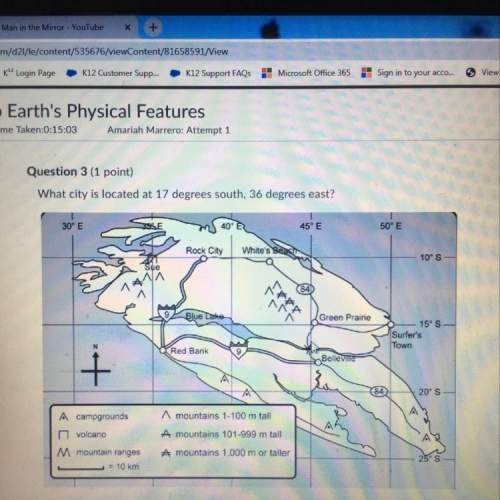
Chemistry, 20.09.2020 06:01 alexislringler
Ancient towns were filled with life-size bronze and marble figures. Cities in the Roman Empire could have over a thousand such statues. Statues honored rulers and gods. Beautiful statues also made people proud of their city. But by 400 CE, the number of statues began to fall. By 700 CE, hardly any new statues were being built in the Roman world. The Last Statues of Antiquity project wanted to know why cities built statues for so long, and then slowly stopped building them. Historians collected and analyzed evidence for new statues being built from 250 to 650 CE. They wanted to find evidence for why so few statues were being made. Why did historians choose to study this topic? They were interested in finding out which artists stopped building statues. They wanted to understand why there was a decline in caring about cities. They wanted to discover how so many statues were lost. They wanted to learn why there was a decline in creating statues in ancient Rome.

Answers: 1


Another question on Chemistry

Chemistry, 21.06.2019 23:00
What is the formula that this ionic compounds could form sr2+p3-o2-
Answers: 3

Chemistry, 22.06.2019 12:30
Place the elements below in order of decreasing ionization energy. aluminum(al) chlorine(cl) magnesium (mg) sulfur(s)
Answers: 1

Chemistry, 22.06.2019 14:30
1) describe the physical layout of the ocean floor ? 2) explain how the dumbo octopus swims differently than other octopus species and why this would be an advantage in the aphonic zone . 3) why are the types of organisms that live at each underwater hot vent so dramatically different ?
Answers: 3

Chemistry, 22.06.2019 16:00
Is a measure of the resistance to flow. a high liquid has a high resistance to flow and flows slowly. the ancients thought everything in the world was made of 4 we now know that there are 94 naturally occurring and scientists have created another 24 i am certain they will create even more. honey flows slowly because it has a high to flowing. a can be separated by physical means because it contains more than one pure substance and 2 pure substances are not chemically bonded to each other. a cannot be separated by physical means. all matter is made up of all elements are with the same number of protons. if it is just a single or many bonded together, if all of them have the same number of protons, it is an element. in a piece of pure iron metal, all the are joined together, that piece of iron metal is called elemental iron. a single of iron is called elemental iron. a mixture has differences from place to place. we might need a microscope to see them or they might be obvious to the unaided eye. there are surfaces separating it into different phases. a mixture is the same everywhere. it is uniform. there are no surfaces separating it into different phases. if different kinds of atoms (different elements) are bonded together by their electrons, it is called a there are physical means of to isolate the different pure substances in a mixture and there are chemical means of to isolate the different elements in a compound. 1. element 2. compound 3. mixture 4. heterogeneous 5. homogeneous 6. pure substance 7. atoms 8. separation 9. viscosity 10. resistance
Answers: 2
You know the right answer?
Ancient towns were filled with life-size bronze and marble figures. Cities in the Roman Empire could...
Questions


Chemistry, 17.06.2020 22:57



English, 17.06.2020 22:57





English, 17.06.2020 22:57

Mathematics, 17.06.2020 22:57


Mathematics, 17.06.2020 22:57






Geography, 17.06.2020 22:57





